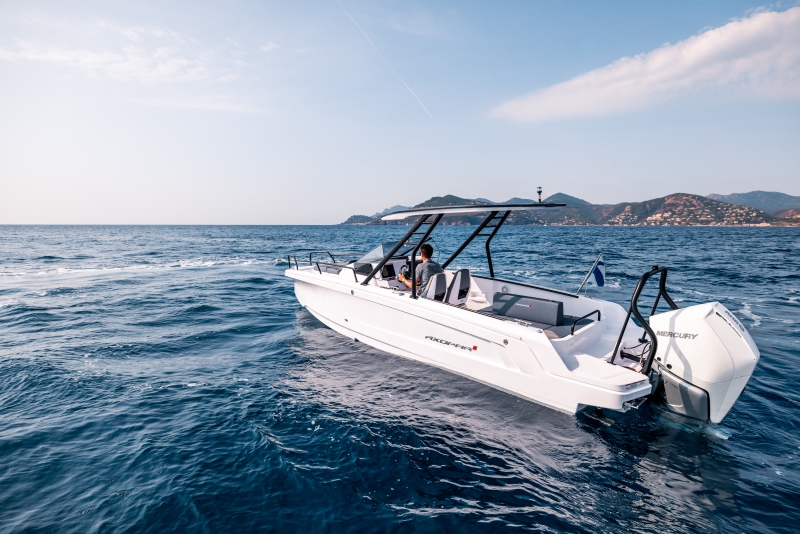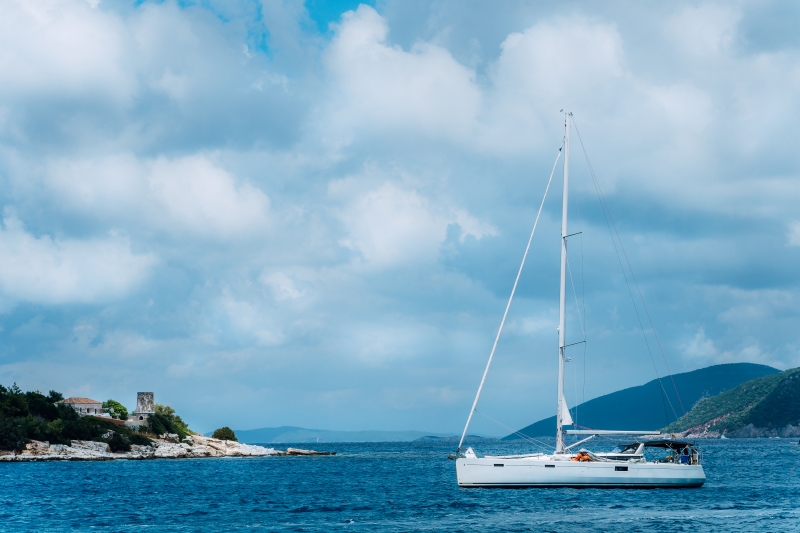Ten Reasons to Take a Basic Boating Course
20th May 2022
Boating is a great adventure on any type of boat, but with that comes a great responsibility. There are some particularly good reasons to be self-informed. Here are ten reasons to take a basic boating course.

1) You will learn about safety equipment and what you are required to have on your boat before you undertake any boating excursion. This is especially important because what you don’t have with you could make the difference between being able to manage a situation or not. Also, it could cost you if the Coast Guard spot checks your boat and fines you for not having all the required safety equipment.
2) You will learn that piloting a boat is vastly different from driving a car. You are dealing with wind and water currents. If you have never docked a boat, you may think that it is easy, until you find the wind or current pushing or pulling you in the opposite direction that you want to go. Understanding wind and water currents will help you learn how to safely dock your boat.
3) Knowing how to work with lines and tying knots is part of boating. The skipper and crew must be able to secure a boat properly. If the boat gets away, it is amazing how quickly the current will take it out of your reach, and you will probably require the assistance of another boater to help you get to it. So, learn your knots.

4) You will learn what the different channel markers and their distinct colors mean, which will keep you from running aground among other things.
5) There are speed limits on certain water ways but unlike the roads, they may or may not be posted. Ignorance may not be enough to get you out of a citation.
6) Using charts for coastal navigation can be a life saver. It’s your road map that helps you stay away from the shallows and shows where all the markers and bridges are and their heights, and by using measurements you can calculate the distance and time it will take to get somewhere. Having charts onboard and knowing how to read and use them are a valuable tool for safe navigation.
7) Just like on the roads, the water too has right of way. During a boating course you will learn who has the right of way and why.
8) Every boat is required to have a horn. You may hear one long blast or two short blasts and so on, and you’ll learn what they mean.

10) Anchoring a boat is not just a matter of plopping it down to the bottom. There is a mathematical technique applied to anchoring that has to do with the size and length of your boat and type of rode. Knowing how to do this correctly will give you that extra insurance of knowing your boat is going nowhere until you want to move it.
Canadian Power Squadron (CPS) is a nationwide organization of boating enthusiasts, mostly volunteers, whose aim is to increase on-water safety by providing classroom instruction in all aspects of boating, both power and sail. Nearly 200 squadrons in Canada offer an introductory boating course called Boating Basics for those seeking their Pleasure Craft Operator’s Card. This course can be followed by a more in-depth introductory course called Boating Essentials, which leads to regular membership in CPS. Advanced courses for members include Seamanship, Advanced Piloting, Junior Navigator and Navigator. Elective courses and seminars available to the public include Marine Radio Operations, Boat and Engine Maintenance, Sailing, Extended Cruising, Weather, Navigating with GPS, Electronic Charting, Radar, and Distress Signalling.
So, there you have it. Hopefully this post gives you the motivation to enroll in one if you’re new to boating.
(Deane Hislop – In Partnership with Freedom Marine)


